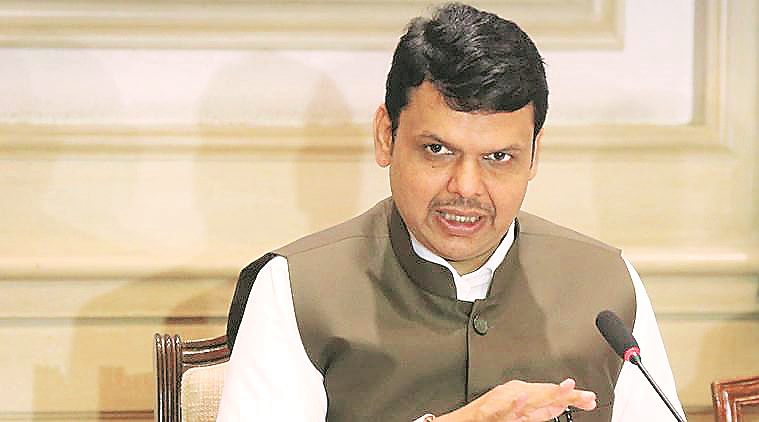
The state government’s flagship scheme Jalyukt Shivar, which promises drought-free Maharashtra in 2019, shows an alarming decline in projects implemented through public participation in 2018-19.
The unique feature of Jalyukt Shivar, when it was launched four years ago, was voluntary participation through contribution of funds as well as manual labour on site.
According to the Maharashtra Economic Survey, “The jalyukt shivar work through public participation in 2018-19 has come down to 30.”
The trend points to a steady drop in people-driven projects in successive years despite the government’s campaign. The statistics show the number of public-driven projects at 6,374 (2015-16); 3,214 (2016-17); 1,104 (2017-18); 30 (2018-19).
The financial value of work through public participation also shows sharp decline — Rs 388 crore (2015-16); Rs 195 crore (2016-17); Rs 26 crore (2017-18); Rs 5 crore (2018-19).
Four years ago, when Jalyukt Shivar was launched, an overwhelming response from villagers was its strength and success. The project was replicated in Rajasthan, Gujarat and Karnataka to combat the recurring problems of water scarcity.
A senior secretary in water conservation ministry, requesting anonymity, said, “The statistics have come as a surprise. We have to analyse the exact reasons. But primarily, it shows that people have moved from collective community projects such as river widening and deepening, cement bund, canal building to individual projects such as farm ponds and irrigation wells in their fields, which were promoted in 2016-17.”
A lack of initiative by the local administration in reaching out to people and keeping them engaged is also cited as a reason. Another project ‘Farm pond on demand’ (Magel tyala, shet tala), saw farmers capture the run-off water in their own farm during the dry spell for producing crops.
The state government provided a subsidy of Rs 50,000 to eligible farmers for building a medium-sized farm pond in their fields or land close to the agricultural land. The total farm ponds built between 2016 and 2019 are 1.2 lakh.
Water management expert Prof Rajendra Singh said, “When Jalyukt Shivar was launched, its focus was public participation. Therefore, it worked and turned into a water movement. But gradually, vested interests got into the project. It became a contractor-driven project. This would have led to disenchantment among the people who were contributing with funds as well as physical work.”
Singh has worked in Maharashtra when the project was launched. He said, “The problem is not with the Jalyukt Shivar project. What needs to be clinically reviewed is its implementation.”
The objective of the scheme is to make 25,000 drought-hit villages water neutral by year 2019. The aim is to increase the level of ground water by way of absorption of rainwater along with creation of sustainable irrigation facilities. The economic survey shows that during 2015-16, 2016-17 and 2017-18, in all 6,202, 5,288 and 4,298 villages were covered as water neutral. During 2018-19, out 6,027 selected villages, 128 villages were covered as water neutral.
The chairman of the agriculture price commission Pasha Patel said, “Public participation in any project requires a sustained effort. In 2015, all the 80 villages in Marathwada, where the project was started, saw the chief minister personally visiting and interacting with people. The momentum was built and it showed good results with construction of several lakh water structures and revival of dead rivers.”
A total of 22,590 villages have been covered under Jalyukt Shivar Abhiyan between 2015 and 2019. The total work through public participation is 10,747. The total public contribution for these works adds up to Rs 616. 71 crore. The total expenditure, including special funds allocated by the government is Rs 8,900 crore. The water storage capacity created 26.9 lakh TMC (thousand cubic metre).
Popat Pawar, water management expert and sarpanch of Hiwre Bazar (Ahmednagar), said, “The phase-wise villages which are the worst-hit by the drought were taken on priority for jalyukt shivar which saw maximum public participation. But once every village had a water structure in place, people may have lost interest and also realised the limitations to expand the work. Secondly, there is a possibility of people shifting to NGOs. In places where projects are machine driven, contractors have the say and that automatically drives people away.”